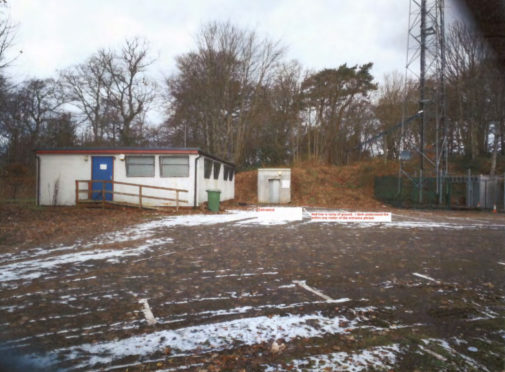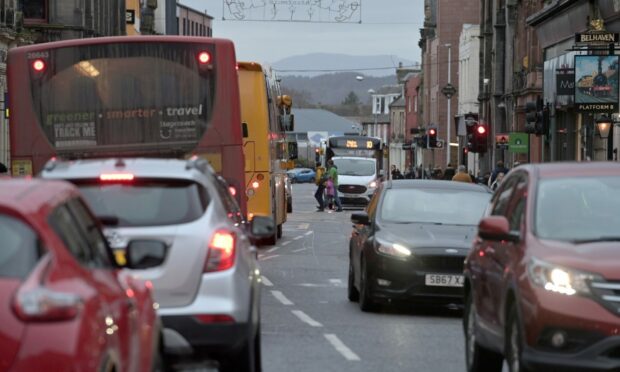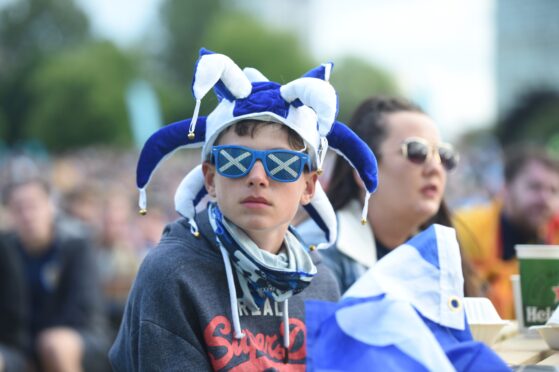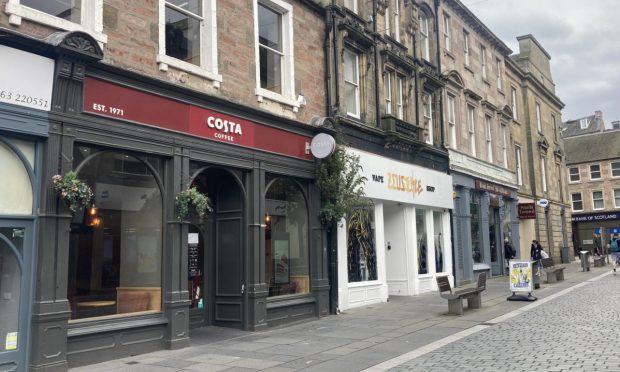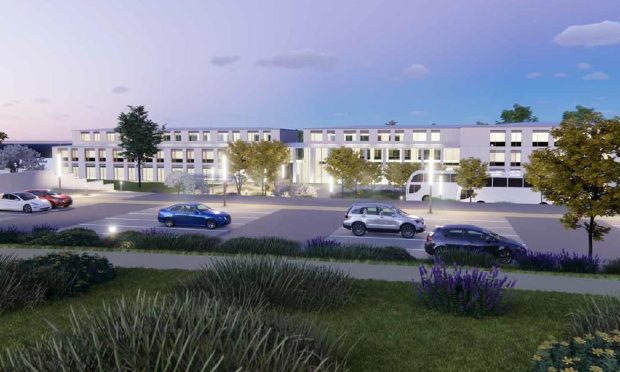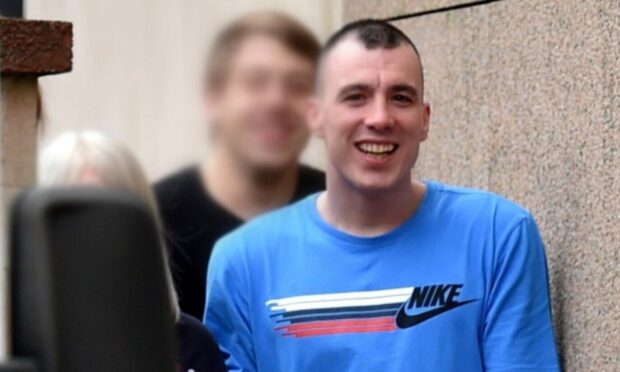Plans have been lodged to convert part of a Second World War bunker in Inverness into a thriving community museum.
The two-storey sunken rectangular building was one of three separate bunkers that composed the original sector operations centre at Raigmore.
Following the succession of major civil disasters including Piper Alpha, the government decided all local authorities should have emergency plans in place to deal with civil protection – leading to the transformation of the category B listed bunker in 1988 into an emergency centre for the north.
The filter block is the only remaining structure left on the site following demolition works in 2002.
In an effort to showcase the rich history of the base on Raigmore Hill, developer CPS Partnership aims to transform the lower floor into a museum, offering small groups of up to 10 people the chance to embrace the heritage of the city centre structure.
Developers are eager to convert the lower floor into exhibition space, focusing on four main areas.
These include World War Two and the radar flight block, the civil defence era – covering the 1950s to 60s and perhaps the early 80s – the Cold War Era, explaining why the bunker was renovated, and the “emergency bunker era”.
A spokeswoman from CPS Partnership said: “We believe there are four main time-spans that the bunker covered, and the plan would be to represent each of these time-areas in different sections of the space.”
Alongside the museum, plans have also been outlined to reuse the emergency centre telecommunications areas as a small data-centre, providing vital internet connections to local businesses.
Around four or five vacant rooms will also be put up for long-term rental or lease to help generate funds to keep the business venture afloat.
The spokeswoman added: “The long-term effect of the change of use to a museum will dramatically enhance the inside of the building. The ability to put in a small data-centre together with the ability to hire or lease out a small percentage of the space will allow the generation of sufficient funds.”
The existing car park facilitates between 30-35 cars with two disabled slots available, however, the developers are aiming to redraw the car park making way for 25 car parking spaces whilst retaining the disabled spots.
